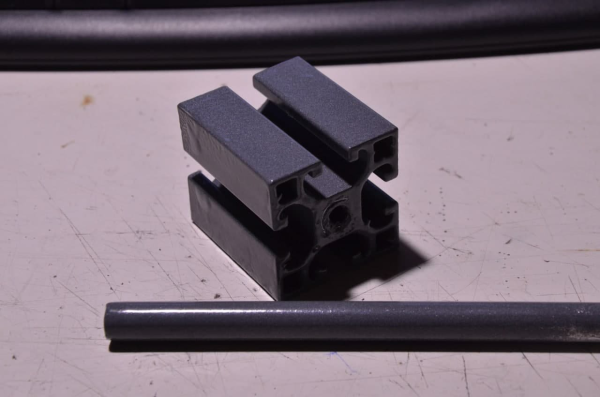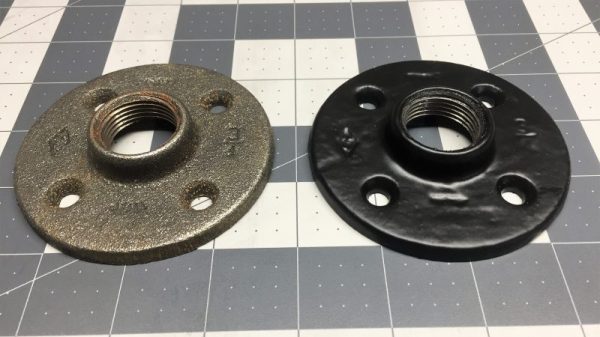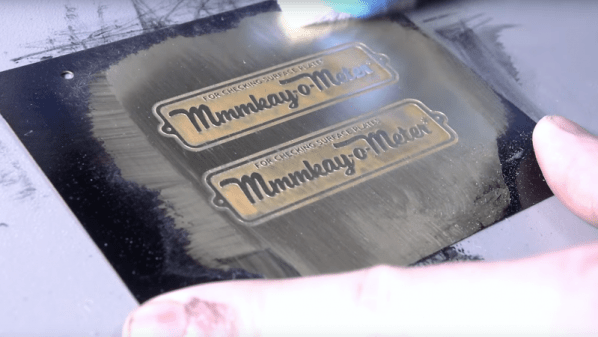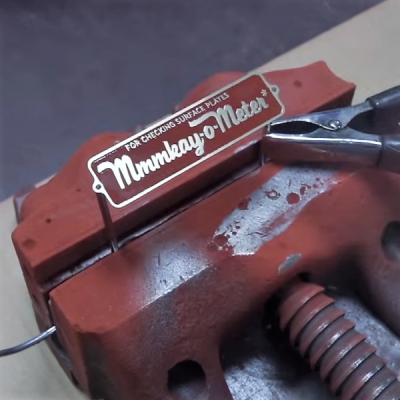[Pete] had a friend who would powder coat metal parts for him, but when he needed 16 metal parts coated, he decided he needed to develop a way to do it himself. Some research turned up the fluid bed method and he decided to go that route. He 3D printed a holder and you can see how it all turned out in the video below.
A coffee filter holds the powder in place. The powder is “fluidized” by airflow, which, in this case, comes from an aquarium pump. The first few designs didn’t work out well. Eventually, though, he had a successful fluid bed. You preheat the part so the powder will stick and then, as usual, bake the part in an oven to cure the powder. You can expect to spend some time getting everything just right. [Pete] had to divert airflow and adjust the flow rate to get everything to work right.
With conventional powder coating, you usually charge the piece you want to coat, but that’s not necessary here. You could try a few other things as suggested in the video comments: some suggested ditching the coffee filter, while others think agitating the powder would make a difference. Let us know what you find out.
This seems neater than the powder coating guns we’ve seen. Of course, these wheels had a great shape for powder coating, but sometimes it is more challenging.








 The ‘easy’ part of this only comes if you have access to a machine shop like [John] at NYC CNC does. To be fair, the only key machine for making these plates is a laser cutter, and even a guy like [John] needed to farm that out. The process is very straightforward — a brass plate is cleaned and coated with lacquer, which is then removed by the laser in the areas that are to be etched. The plate is dipped in an electrolyte solution for etching, cleaned, and powder coated. After curing the powder coat with a heat gun rather than an oven — a tip worth the price of admission by itself — the paint is sanded off the raised areas, the metal is polished, and a clear coat applied to protect the badge.
The ‘easy’ part of this only comes if you have access to a machine shop like [John] at NYC CNC does. To be fair, the only key machine for making these plates is a laser cutter, and even a guy like [John] needed to farm that out. The process is very straightforward — a brass plate is cleaned and coated with lacquer, which is then removed by the laser in the areas that are to be etched. The plate is dipped in an electrolyte solution for etching, cleaned, and powder coated. After curing the powder coat with a heat gun rather than an oven — a tip worth the price of admission by itself — the paint is sanded off the raised areas, the metal is polished, and a clear coat applied to protect the badge.








